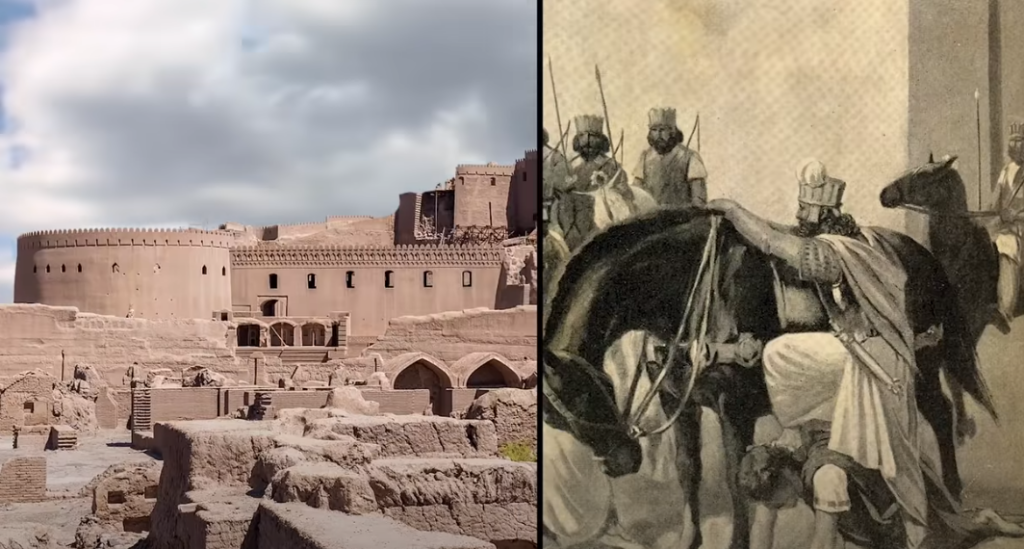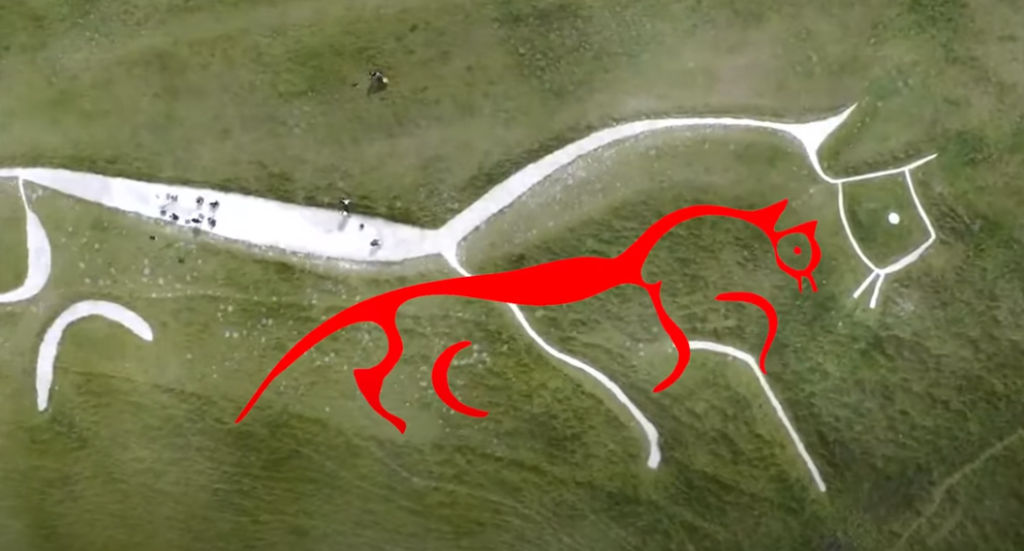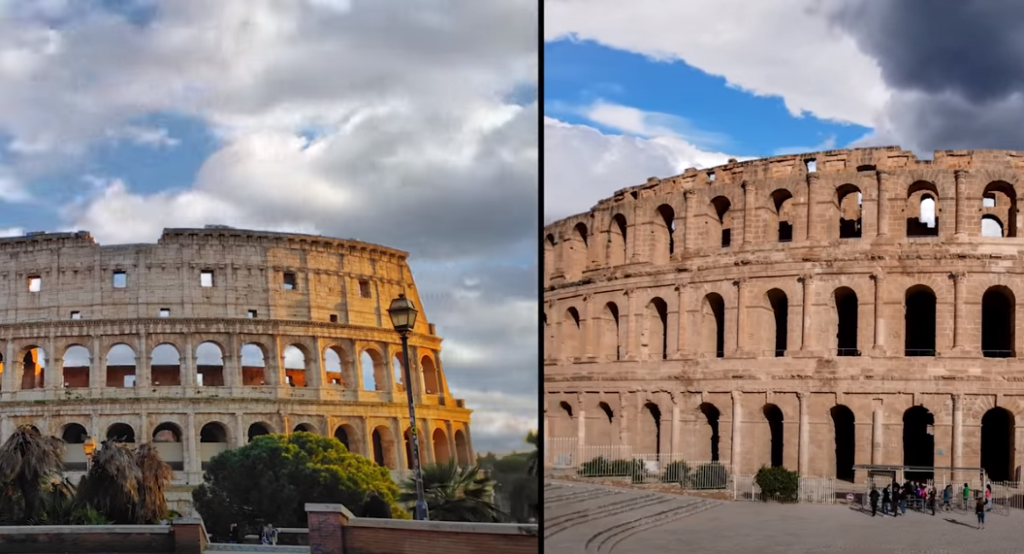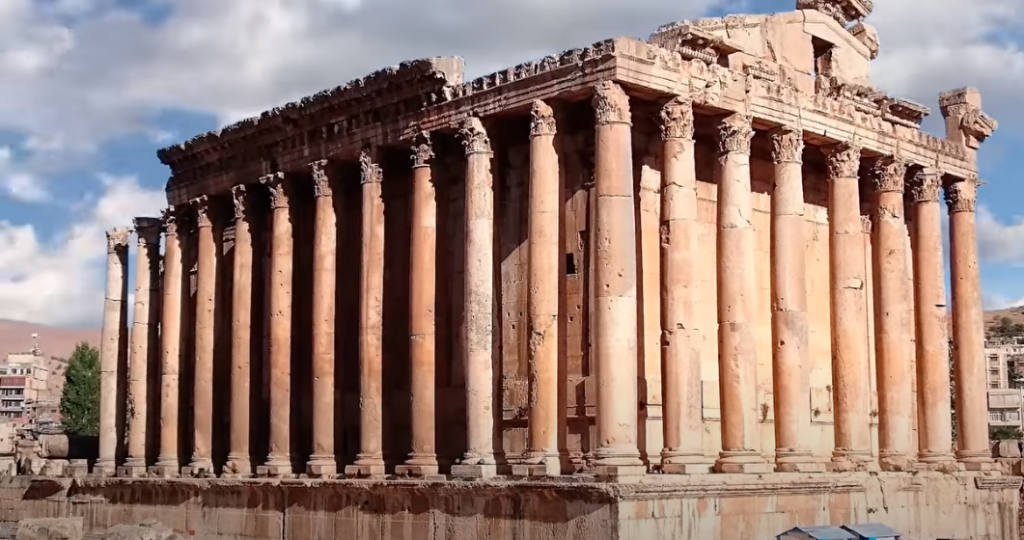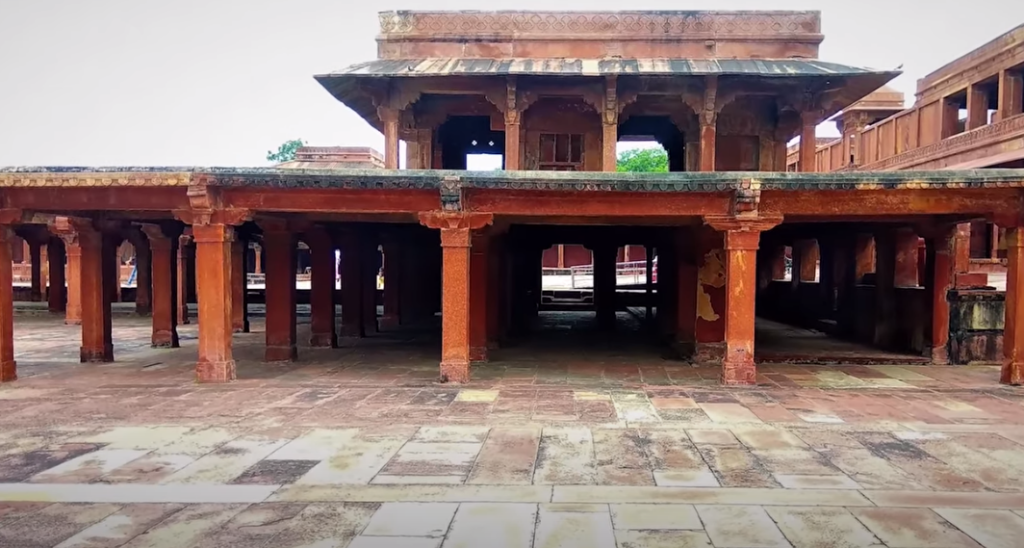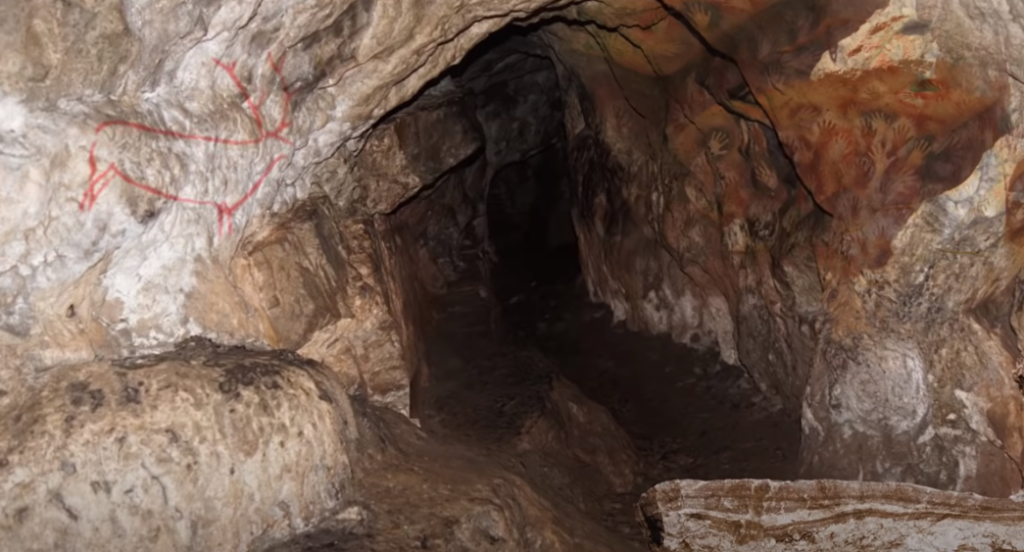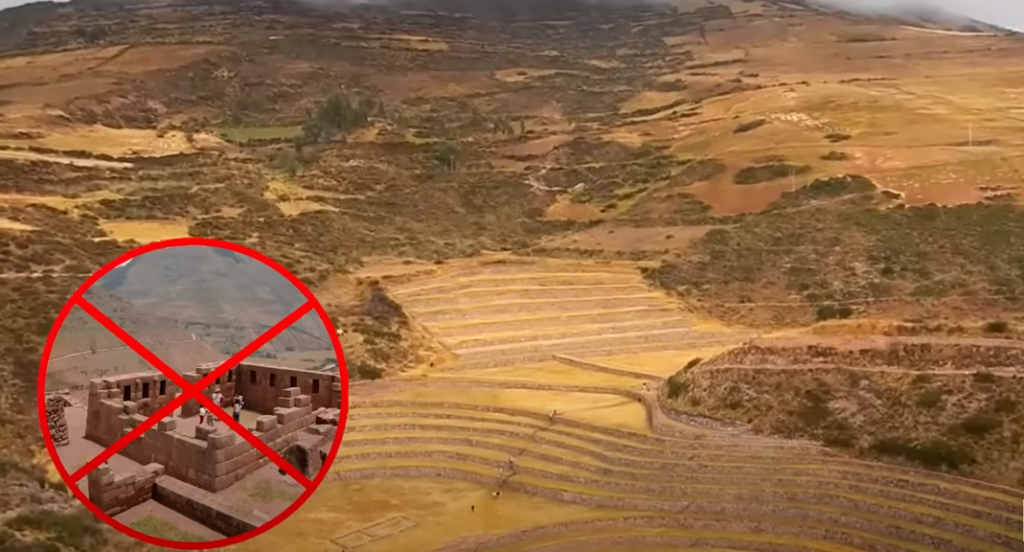8 Most Incredible Archaeological Sites You’ve Probably Never Heard Of!
8 Most Incredible Archaeological Sites You’ve Probably Never Heard Of!
8. Ardashir Palace
Ardashir’s Palace, also known as the Temple of Fire, is a relatively unknown archaeological site in modern Iran. It was built as a castle in the 2nd century AD by the great emperor Ardashir I, ruler of the Sassanid Empire.
7. The Chalk Horse In England
There is a chalk horse that was carved onto the top of a hill 3000 years ago and it is still there today. It’s known as the Uffington Horse, and it’s located in Oxfordshire. Excuse me, Oxford shrsee, I’m learning. It dominates the view for miles around withhe huge white horse made of chalk, looking like an abstract stick figure running across the flank of the hill. The horse has thin legs, an oddly long tail, and a single round eye in the middle of its square head.
6. Mysterious Alaskan Fort
An elusive Alaskan fort from the 19th century was recently discovered using specialized radar technology. Researchers from Cornell University have finally pinpointed the location of the remains of the last fortress built by the local Tlingit people.
5. Amphitheatre of El Jem
The Amphitheatre of El Jem is located in the small town of El Jem in central Tunisia. It looks almost identical to the Colosseum of Rome. In fact, if you didn’t know any better, you probably wouldn’t be able to tell the two places apart. It had a seating capacity of 30,000 and its walls are over 100 feet tall. The only other amphitheaters larger than this is the Colosseum itself and the broken theater of Capua.
4. Baalbek
You may not have heard of Baalbek, but it has been around for an extremely long time. Known during Roman times as Heliopolis, Baalbek dates back to at least 9000 BC. Making it one of the oldest cities in the world. This ancient Phoenician city is located in what is today Lebanon, just slightly north of Beirut. It’s hard to imagine the true grandeur of this old city and important pilgrimage site, but have no doubt that it was amazing.
3. Fatehpur Sikri
Fatehpur Sikri, also known as the City of Victory, was the capital of the ancient Mughal Empire for a very short period of 10 years. According to the UNESCO World Heritage Centre, it was built in the 16th century as a huge complex of monuments and temples, and it contained one of the biggest mosques anywhere in India. The City of Victory was built by Emperor Akbar sometime between 1571 and 1573.
2. Caves of Monte Castillo
The Caves of Monte Castillo are nothing short of mystifying. The cave system boasts four main caverns, each one filled with art that can be traced back to the earliest humans that ever lived in Europe. The caves are located in the north of Spain, and some refer to them as the troglodyte city. Monte Castillo itself is a limestone hill about 1100 feet tall. It’s the caves underneath that hold all the treasure, and by treasure I mean countless passages, corridors, and subterranean caverns that were inhabited for the past 150,000 years. But the most incredible thing about it is the artwork.
1. Moray Ruins
The Moray ruins can be found in the Sacred Valley of the Inca. But Moray isn’t what you think, it’s not a typical ruined city. There are no remains of houses, temples or fortresses here. Instead, experts believe Moray may have been used by the Inca as an agricultural laboratory. The ruin itself is a bowl-shaped hollow that kind of looks like an amphitheater mixed with a rice paddy.
